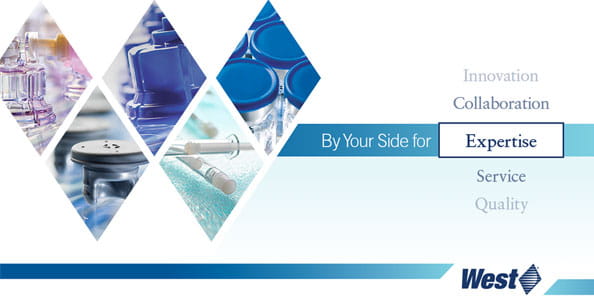The Need for Machine Learning and Artificial Intelligence in Digital and Transformation
Artificial Intelligence (AI) and Machine Learning (ML) are considered to be the core pillars of Industry 4.0. Most organizations, including West, have started leveraging the benefits of AI and ML for better resource optimization and an improved customer experience. Our Data Science and AI team is working towards providing AI solutions which can be leveraged at scale for both our internal and external stakeholders.
![]()

The Data Science and AI team at West has been working on developing solutions related to Automated Quality Inspection, Sales and Demand Planning, Cyber-security, and Digital Marketing, with a collective goal to incorporate AI and ML across the organization to benefit our customers. By producing data driven insights and automating workloads which may be prone to human error, AI/ML can ensure the optimized utilization of available resources as well as proactively identify areas that need attention to significantly improve end users’ experiences.
The state-of-the-art AI and ML technologies can be used to solve many industry challenges. For example, unlike conventional scientific methods and algorithms, which are based on years of research experiments and observations and use computational algorithms, scientific laws and theorems to help scientists and researchers for problem solving, Machine Learning works with a Data Driven approach. In a Data Drive approach, the algorithms dynamically aim to unravel the underlying pattern within the data and come up with a computational model. Like conventional scientific researchers which depend on certain scientific and experimental conditions, ML and AI also depend on the quality of the underlying data. If the data is noisy and contaminated with “human bias,” the ML model is very likely to underperform.
In order to make ML and AI more effective, the first prerequisite is to have a well-established data collection process which can collect curated data without human bias. Once that is in place, the next essential step is to apply domain knowledge for that specific use-case. Once the AI/ML team has conducted enough research on specific use cases and gathered sufficient domain knowledge, an effective solution could then be proposed. However, to ensure that these proposed solutions can be moved to production at scale, there is a need for software development processes with a standard software development life cycle, so that there is a scalable and sustainable AI/ML industrial solution.
In summary, digital transformation, powered by AI and ML can help organizations make their processes more efficient and increase productivity. AI-led automations can simplify many traditional workloads and accelerate throughput in multiple verticals within the organization and considerably improve end users’ experiences.




